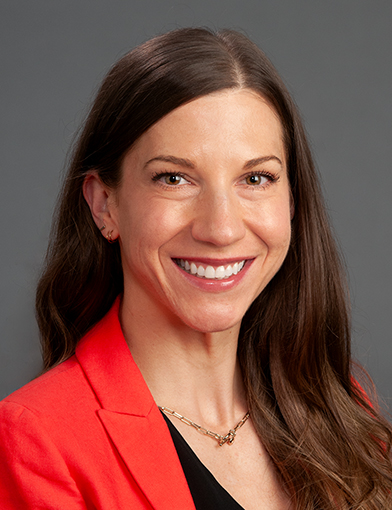At Wake Forest University School of Medicine, we train our anesthesiology residents to become highly skilled anesthesiologists. Our program holds a full, ten-year accreditation from the Accreditation Council for Graduate Medical Education (ACGME).
We match 14 residents each year and offer categorical positions through the Electronic Residency Application Service (ERAS). Every graduate performs in excess of 200 ancillary airways, labor epidurals and peripheral nerve blocks
Our Educational Philosophy is built upon the following foundation:
Airway First is a universal stance of our profession. How do we approach this? We make the Difficult Airway fun, something to be sought out because you will enjoy being able to intubate the hardest possible airways awake, quickly and smoothly. All of our graduates can perform awake intubations, room to tube, in less than 10 minutes.
The Difficult Airway Algorithm places the awake versus asleep decision at the very beginning. We align our training approach to make each branch of the algorithm comfortable. All of last year's graduates exceeded 200 ancillary airways, 50 fiberoptic intubations, 25 awake intubations, 20 lightwand intubations, and dozens of various types of video laryngoscopy devices/techniques, LMAs and intubating LMAs. Practice makes perfect, and you will have several rotations here that use ancillary tools exclusively.
What are the primary subspecialties? We think they are Peds, OB and Regional because you will rarely work a call shift in your career without tapping into at least one of these subspecialties. Extreme mastery of these is mandatory for the well-rounded anesthesiologist. Residents have exposure to pediatric cases throughout their clinical training, and we provide our heaviest procedural experience in OB and Regional. Our residents do hundreds of labor epidurals and peripheral nerve blocks.
What are Advanced Operative Subspecialties? We think they are Cardiothoracic, Neuro, Major Vascular, Safari and Ambulatory Anesthesia. We pride ourselves on the depth we attain in training these subspecialties that contain so many unique situations, so heavily represented on our certification examinations. These subspecialties present the anesthesiologist with many uniquely challenging clinical situations, and they are also heavily represented in our specialty’s certification examinations. At the school of medicine, we pride ourselves on the depth of training we attain in these subspecialties.
Perioperative rotations here include the PACU, the Preoperative Assessment Clinic, Chronic Pain Management, and work in several different ICUs. Consultants in our field will need to remain adept at all aspects of perioperative medicine, with a growing emphasis on perioperative medicine anticipated for the future. Roughly half of the oral board is guaranteed discussion in this realm.
This construct is meant to build a consultant that can work in any system or situation, and to function in solo practice if necessary. This is not a common scenario, but one never knows what the future holds. Skills training needs to be specifically developed in a stepwise fashion: mannequin work, elective opportunities, cadaveric instruction, and most of all … heavy repetition. This has always been the tried and true method for procedural mastery. We leverage a well-developed high fidelity "Mock OR" Simulation Lab and conduct two Mock Oral Board sessions yearly to assist residents on their path towards comfort and adaptability to any clinical scenario.










